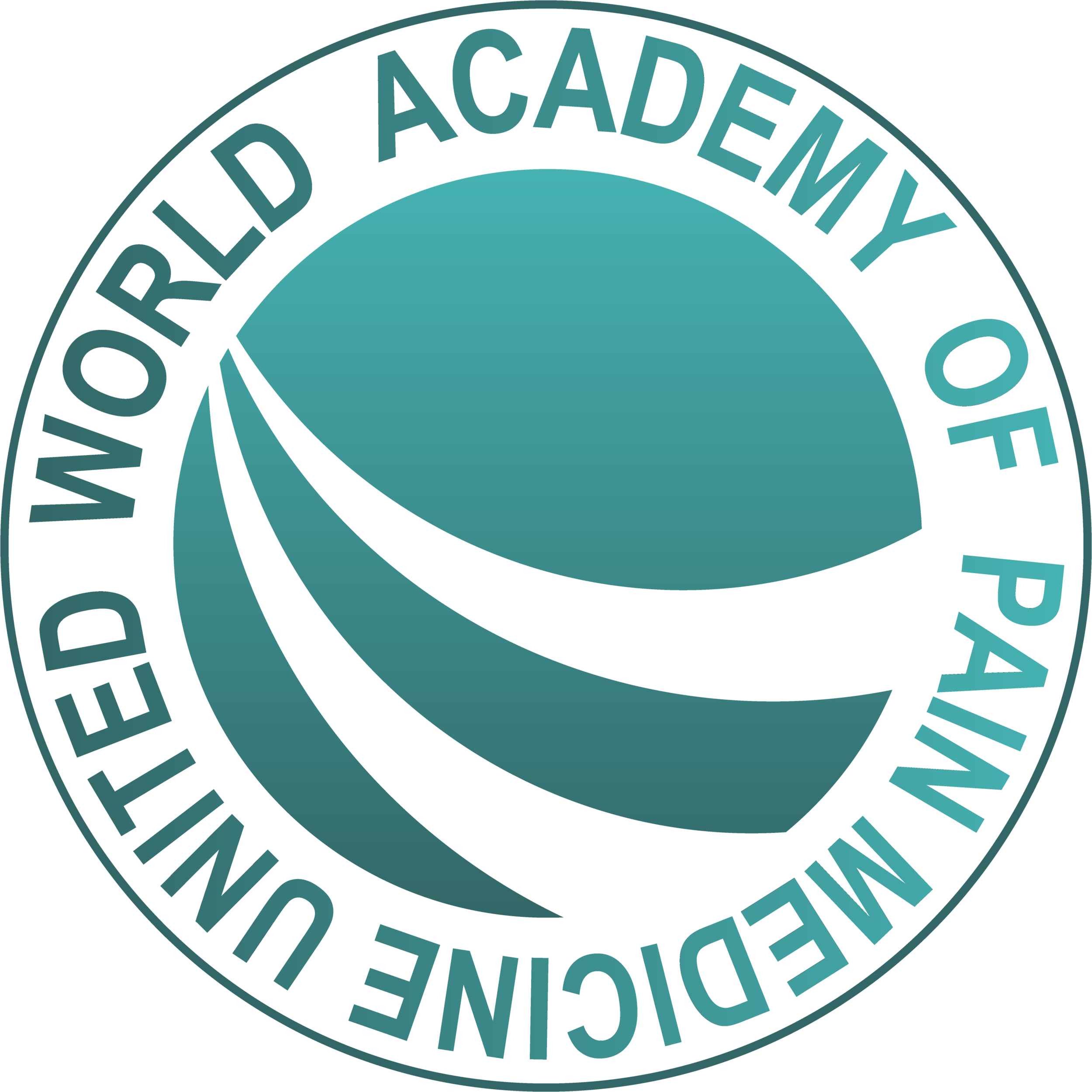Musculoskeletal Anatomy and Innervation of Large Joints (Regenerative Medicine and Peripheral Nerve Stimulation)
Toronto, Canada
June 23-24, 2018
Approved for 16.00 AMA PRA Category 1 Credit(s)TM
$1500.00
All payments are in USD
June 23-24, 2017
Time: 8:00am-5:00pm both days
University of Toronto- Department of Anatomy
1 Kings College Circle
Toronto, Ontario Canada
Residents and Fellows
WAPMU provides the opportunity for Residents or Fellows to register for membership of WAPMU at a substantial discount.
For more information, CLICK HERE
Target audience
Physicians in the field of Pain Medicine, PM&R, Orthopedics, Sports Medicine, and Family Practice who have been interested in continuing their education in MSK diagnostics, procedures, regenerative medicine and minimally invasive denervation.
Outline
The course is designed to provide detailed knowledge of musculoskeletal anatomy, innervation, Regenerative Medicine andPeripheral Nerve Stimulation.
Learning Objectives
Detailed Anatomy Session
Musculoskeletal Ultrasound- anatomy of the shoulder, sacroiliac, hip and knee joints. Intraarticular and periarticular injections. Inraarticular PRP and BMAC.
Neurosonology- innervation of large joints and its clinical implications: diagnostic blocks, radiofrequency ablation and peripheral nerve stimulation implants
Course Structure:
This is structured as a two-day interactive learning experience that will include both didactic and hands on portions. Each participant will have the opportunity to work with each of our faculty members. We will be utilizing both “live models” and cadaveric specimens during the learning experience.
Invited Faculty:
Co-Chairs:
Anne Agur, M.D., Department of Anatomy, University of Toronto Canada
Michael Gofeld, M.D., Assistant Professor-University of Toronto, St. Michael's Hospital
Faculty:
Anuj Bhatia, M.D., University of Toronto, Wasser Pain Management Centre, Toronto, Canada
Pranab Kumar, M.D., Toronto Western Hospital, Toronto, Canada
Sev Perelman, M.D., Mount Sinai Hospital, SimSinai Toronto Ontario
David Smith, M.D., Kingston Orthopaedic Pain Institute, Kingston, Ontario
Nimish Mittal, M.D., Toronto Rehabilitation Institute, Toronto, Ontario
Corporate Partners
This activity is jointly sponsored by Dannemiller and the WAPMU. This activity has been planned and implemented by Dannemiller and WAPMU. In support of improving patient care, Dannemiller is jointly accredited by the Accreditation Council for Continuing Medical Education (ACCME), the Accreditation Council for Pharmacy Education (ACPE), and the American Nurses Credentialing Center (ANCC), to provide continuing education for the healthcare team.
AMA Designation of Credits: Dannemiller designates this live activity for a maximum of 16 AMA PRA Category 1 Credit(s)™. Physicians should claim only the credit commensurate with the extent of their participation in the activity.
ADA statement: Dannemiller and the WAPMU fully comply with the legal requirements of the ADA and the rules and regulations thereof. If any participant in this educational activity is in need of accommodations, please contact Scot Sarver at ssarver@wapmu.org by May 15, 2017 to receive service.
Faculty Disclosure: As a provider accredited by ACCME, Dannemiller must ensure balance, independence, objectivity and scientific rigor in its educational activities. Course director(s), planning committee, faculty, and all others who are in a position to control the content of this educational activity are required to disclose all relevant financial relationships with any commercial interest related to the subject matter of the educational activity. Safeguards against commercial bias have been put in place. Faculty also will disclose any off-label and/or investigational use of pharmaceuticals or instruments discussed in their presentation. Disclosure of this information will be published in course materials so those participants in the activity may formulate their own judgments regarding the presentation.






